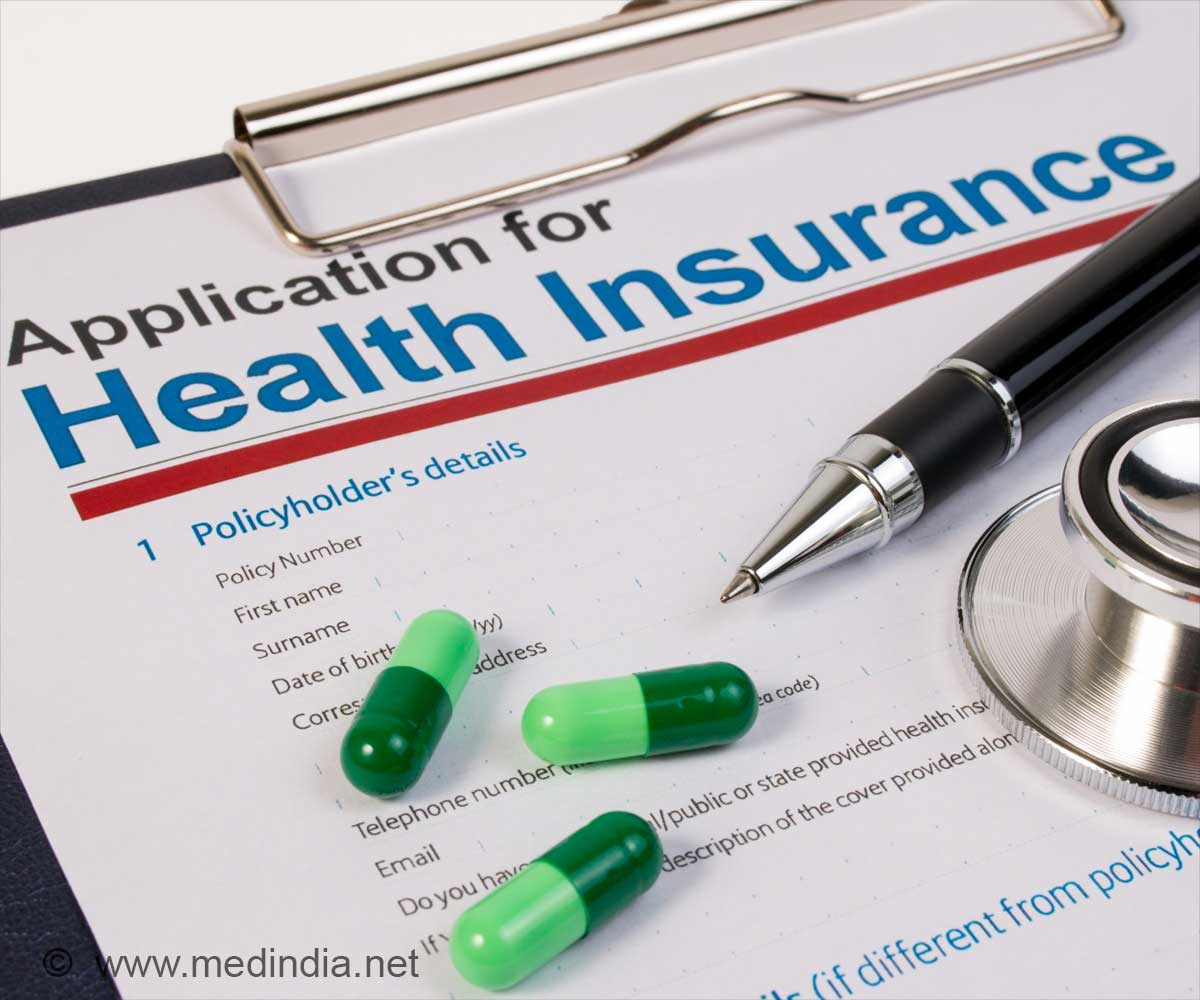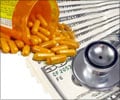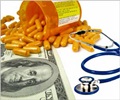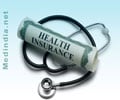
The research showed that by this rebound of spending in personal health care benefitted the physician, the clinics and drug manufacturers. The rise in job and income stabilized the private insurance sector after facing years of enrollment losses.
The growth of Medicaid for the poor dropped more than 50% as did hospital spending - as cash strapped states decreased benefits and provider payments in a bid to contain expenses.
Medicare, the program used by the elderly and disabled, grew 6.2% with a rise in doctor visits and one time charges for skilled nursing facilities. The federal government’s healthcare expenses rose from 23% in 2010 to 28%in 2011.
The US government’s healthcare spending costs under President Obama’s healthcare reform law, which is expected to grow remarkably in 2014 as 30 million Americans would now be under the Healthcare system.
Healthcare costs are more expensive due to some undercutting U.S competition as also job and wage growth. In 2011 an advance of 3.9% spending on healthcare outstripped the 2.1% GDP inflation rate.
Advertisement
"There is a growing amount of evidence that healthcare providers are getting it - getting that the future can't be the same way as the past," he added.
Advertisement
But CMS analysts also say the law is expected to put downward pressure on spending later in the decade.
The results for 2011 were generally in line with forecasts issued last year. But the authors of Monday's report cast a question mark over future expectations, noting that economic, income and job growth in 2011 were less than might have been expected during an economic recovery.
"This fact raises questions about whether the near future will hold the type of rebound in healthcare spending typically seen a few years after a downturn," they wrote.
But CMS analysts also say the law is expected to put downward pressure on spending later in the decade.
"This fact raises questions about whether the near future will hold the type of rebound in healthcare spending typically seen a few years after a downturn," they wrote.
Though the Obamacare law did not have too much effect on healthcare spending in 2011, the new rule by which children could be under their parent’s insurance plans till they turned 26 – this helped private insurance to rebound by adding 2.7 million beneficiaries.
Prescription drug spending in retail outlets rose from 2.9% to $263 billion, against a historically low growth rate of 0.4% in 2010.
Private insurers saw premiums increase 3.8%, partly as a result of the spread of low-premium, high-deductible insurance plans.
Reference: David Morgan Washington Reuters
Source-Medindia










